Hexagonal Thinking Actvities
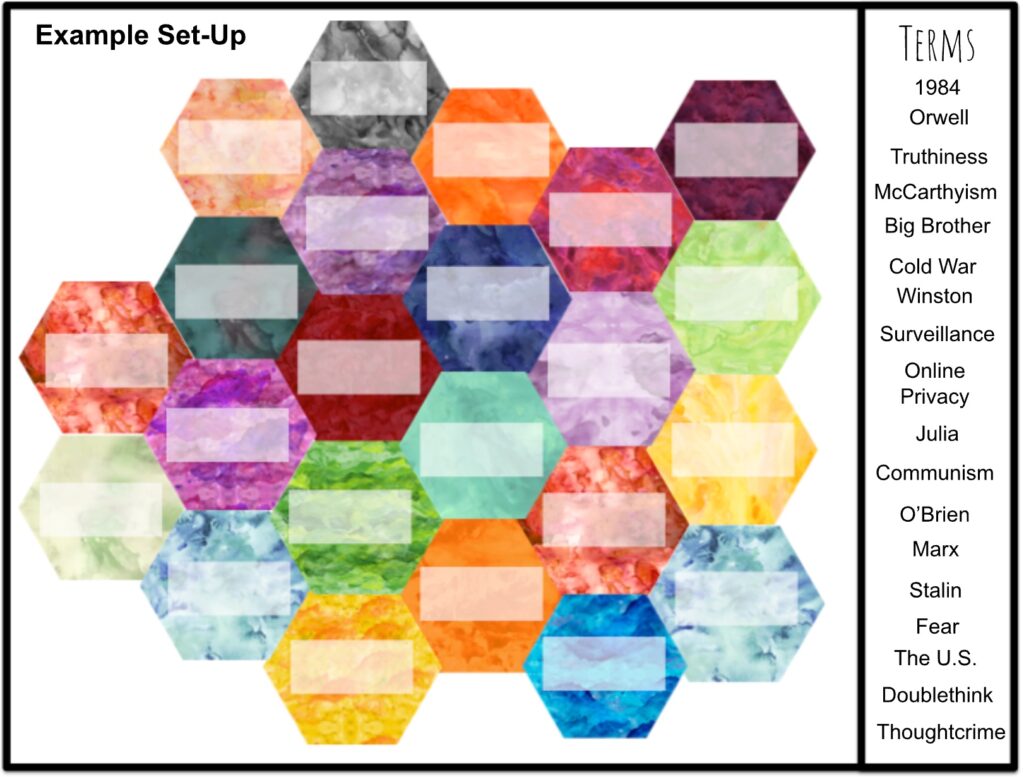
Hexagonal thinking is a simple method that yields big critical thinking results. Kids take a set of hexagons with varied terms, concepts, themes, real-world connections, etc. that relate to your current unit of study, and then link them together into an interconnected web. In pairs, groups, or even alone, they must use their critical thinking skills to decide which hexagons link best to which others.
How to Use Podcasts in the Classroom
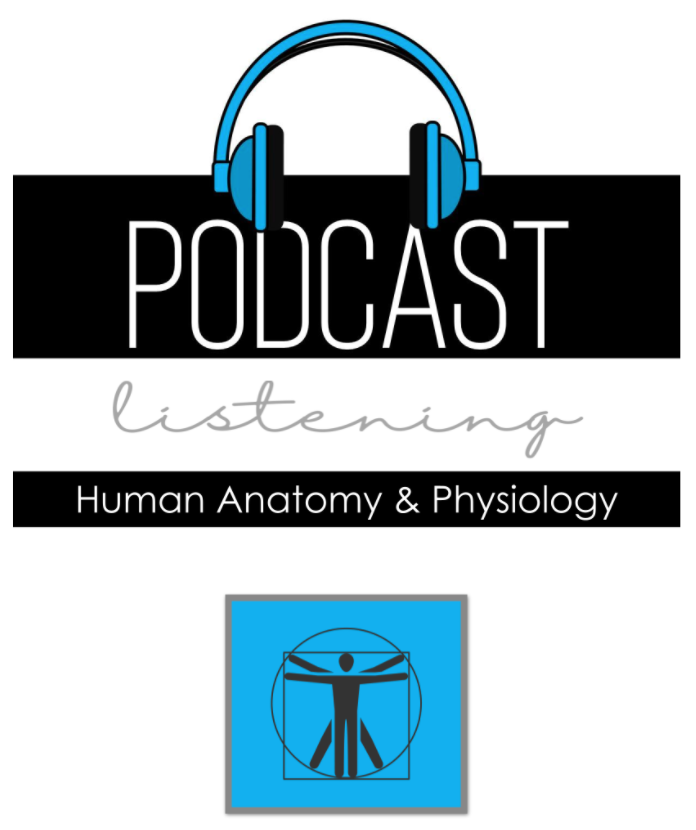
Educational podcasting has been growing in popularity in recent years. Students can listen to a podcast at the beginning of a unit as a way to generate interest in the topic or at the end of a unit as a way to extend and apply what they have learned. To take it further, you can have students create their own podcast as a project-based learning unit.
Thin Slides EduProtocol

In this EduProtocol, students are provided a word and asked to create a slide with the word, a definition, and a picture in 3 minutes or less. Students are given about 5-10 seconds to share and “whip around” the classroom.
Iron Chef EduProtocol

The Iron Chef EduProtocol, modeled after the Iron Chef Cooking show, is a modernized version of the jigsaw. Students work in small groups to read, synthesize create, and present to their peers.
Cyber Sandwich EduProtocol

The Cyber Sandwich EduProtocol is a lesson frame in which students work in pairs or small groups to create a collaborative Venn Diagram. They record notes, compare and contrast topics, and summarize what they have read in this structured think-pair-share activity.
Creative Ways to Use Jamboard
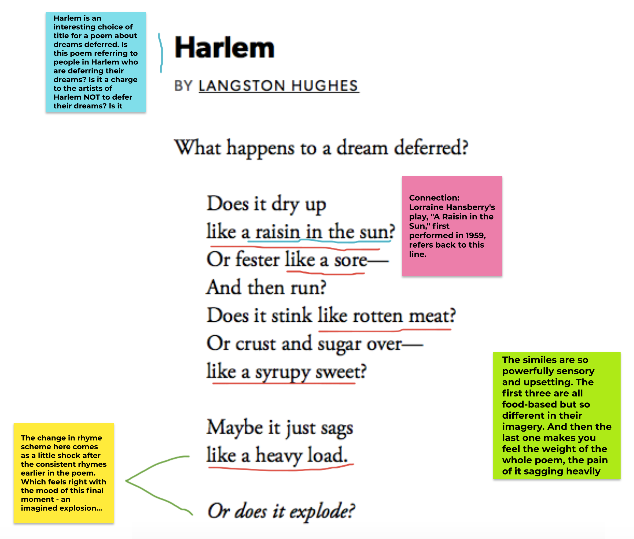
Jamboard is Google’s digital whiteboard that gives students a place to brainstorm and work collaboratively using drawing and writing tools, sticky notes, shapes, images, and more. This resource includes templates and activity ideas including annotations, photo comic strips, voting, pros and cons discussions, Top 10 Lists, and Four Corners.
Engage-Explore-Explain Choice Boards
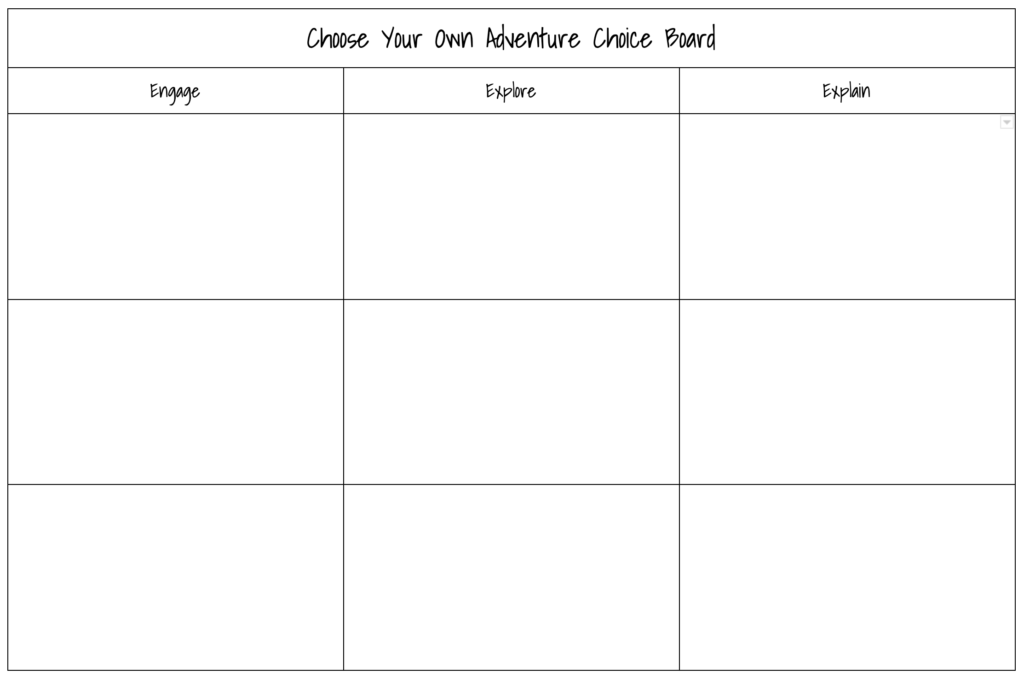
A choice board is a graphic organizer that allows students to choose different ways to interact with a particular topic. Teachers can require that students complete items from the choice board in a specific way, such as choosing one activity from each row or column. In this example, each column contains a different category of activities that ask students to engage with, explore, or explain somethng related to the topic.
Choose Your Own Adventure Project
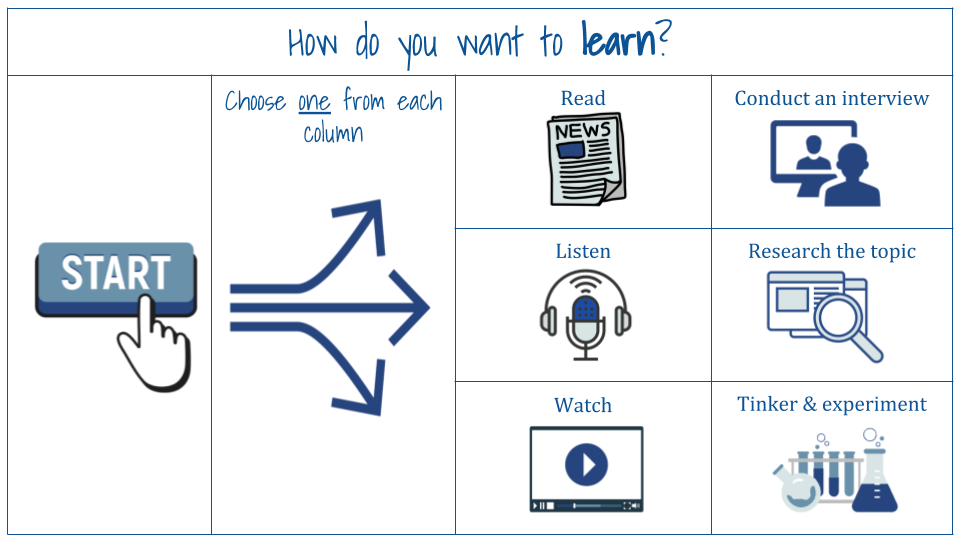
This creative “choose your own adventure” learning experience gives students lots of voice and choice in just about every aspect of learning and would be perfect for a term project. A google slide deck template provides the structure but students choose how they want to learn, how they want to process what they discovered, how they want to practice and review, and how they want to share their learning.
A Better Table Summary
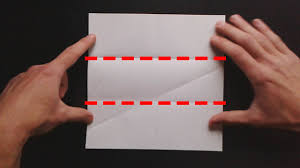
This activity allows students to process the most essential elements of the day’s lesson. They create a summary, combine summaries, and critically analyze their peers’ summaries to come up with better summaries of the day’s lesson.
A-Z Sentence Summary
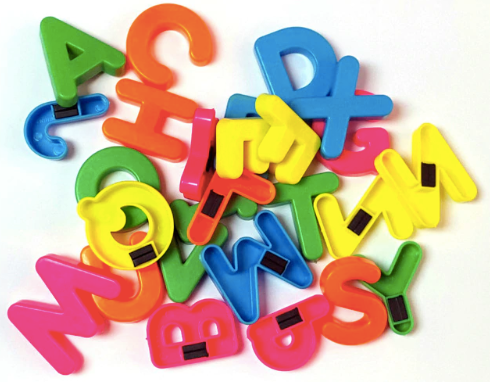
In this activity, students use alphabet refrigerator magnets to create a Chalkboard Splash review. At the end of a lesson, students choose magnetic letters, attach these to the whiteboard, and write their one-sentence summaries on the board. This activity is a great wrap-up to almost any lesson, enabling students to share and contribute to a larger-scale whole-class summary.
Three-Sentence Wrap Up
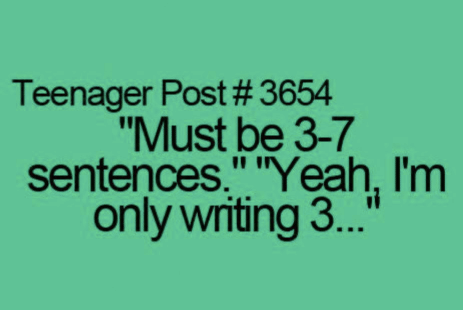
By asking students for Three-Sentence Wrap-Ups, you eliminate their tendency to add every peripheral item discussed in your lesson. Students have to be selective, determine what is most important, and then succinctly sum it up. Having to summarize something lengthy, in three sentences or fewer, can be a bit of a challenge.
One Word Summary

One-Word Summaries to allow students to summarize the essence of the content presented that day using just one word. The teacher then circulates around the room asking for explanations or clarifications. This activity is versatile, brief, and can be used without much planning.
Picture Notes
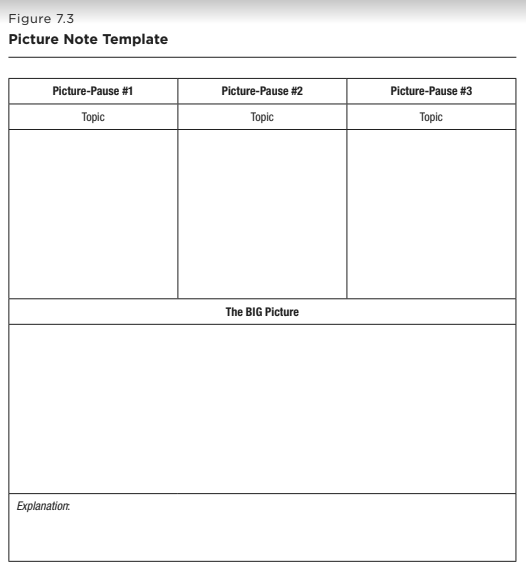
Picture Notes can provide an excellent way for students to stop and process what they have learned. They are meant to accompany written notes, not to completely replace them. During selected pause points, students create a picture that illustrates the concepts being learned.
